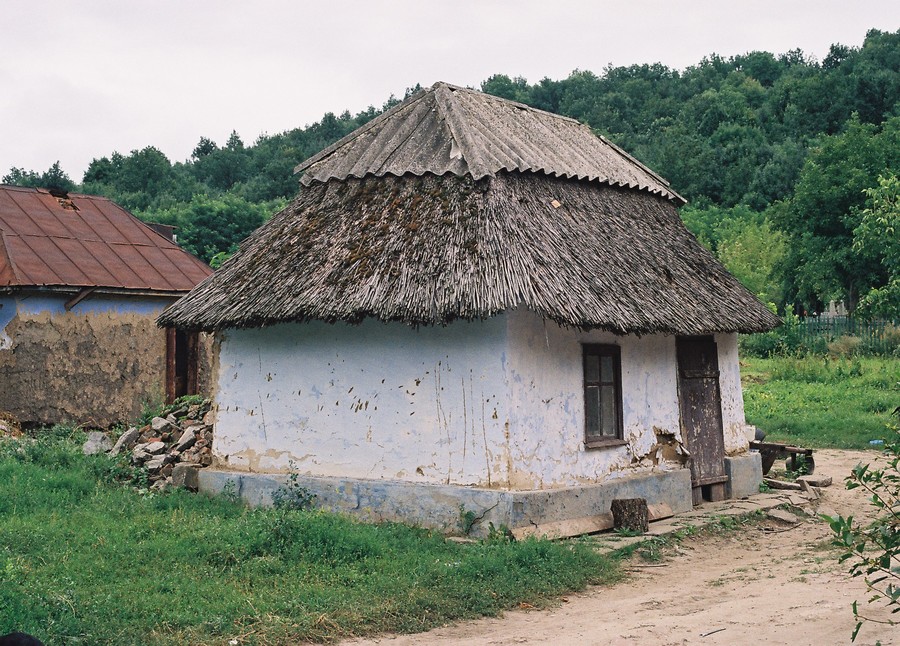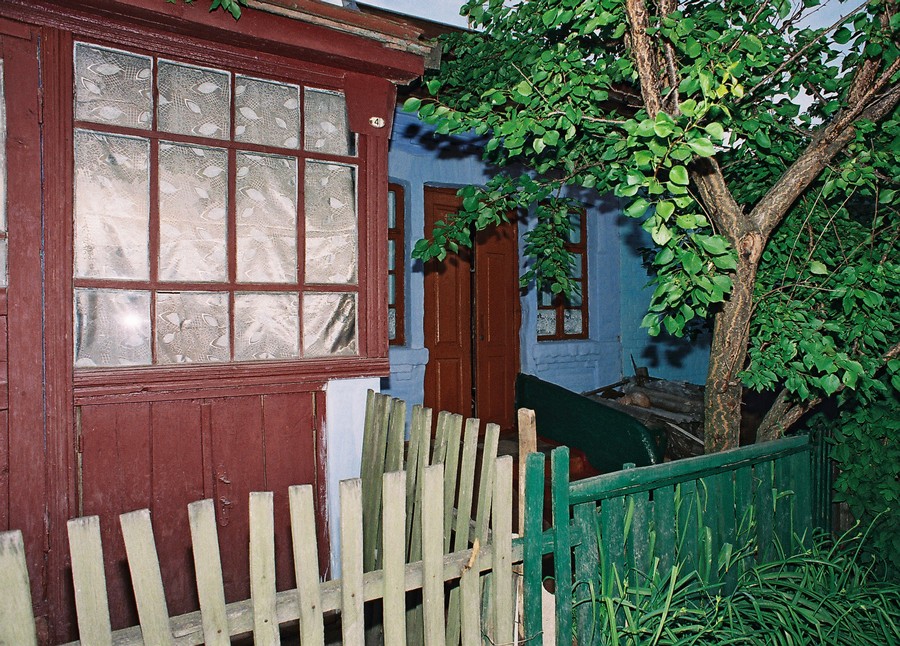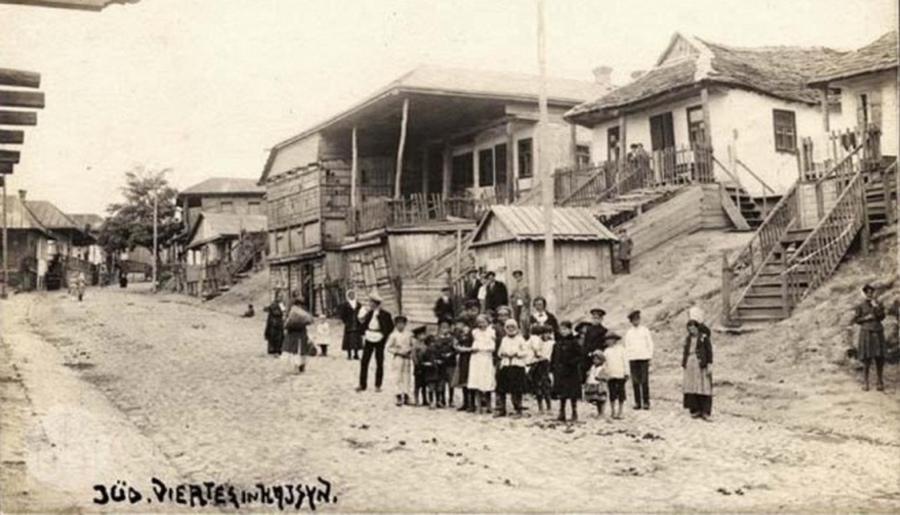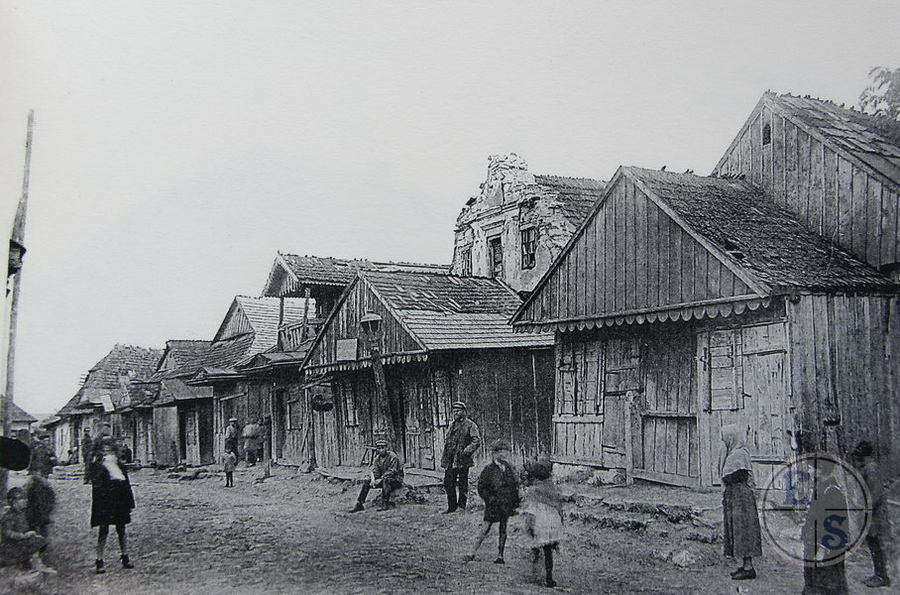A Jewish town, also known as a shtetl (Jewish: שטעטל, plural: שטעטלעכ shtetlekh, originally a diminutive of שטעט shtot - "town"), is a small town with a predominantly Jewish (Ashkenazi) population. They existed mainly in the 16th–19th centuries and in the first half of the 20th century in Central and Eastern Europe.
The word "shtetl" was used as a metaphor for the traditional way of life of Eastern European Jews in the 19th century. Jewish towns are depicted as socially stable and unchanging, despite external influences or attacks.
In the 11th century, the migration of Jews to Central Europe began, arriving from Western Europe, fleeing religious persecution. In the 15th century, a mass migration of Ashkenazi Jews from Germany, Austria, and Bohemia to Eastern Europe began, where the Polish-Lithuanian Commonwealth welcomed colonists, and Galician princes invited Jews to take an active part in the development of new cities. In the second half of the 16th century, Jewish communities appeared in these new cities.
Jewish development was carried out in specially designated quarters - ghettos. In most cities of that time, Magdeburg law provided for separate residence of ethnic and religious communities, and the territory of the cities was divided between these communities. By the end of the 16th century, Jewish streets appeared in cities, separated by walls, moats, and gates from the rest of the city. The development of the Jewish town was territorially formed, as a rule, around the synagogue.
At the end of the 16th and in the 17th century, with the growth of the Jewish population, settlements appeared outside the ghetto. At that time, some cities forbade Jews from settling, but in the 17th century these restrictions gradually disappeared. Tatar attacks, epidemics, and the Northern War led to an economic crisis and, in order to stimulate the economy, in the late 17th and early 18th centuries, city owners granted Jews more and more privileges.
During the period of the settlement zone, Jews in the Russian Empire were, on the one hand, limited in their right to live in cities, and on the other hand, they did not have the right to engage in agricultural activities. That is why in the second half of the 19th century, most of the more than 1.5 million Jews lived only in towns.
The Holocaust led to the disappearance of most Jewish towns. They completely disappeared after the mass exodus of Jews to the United States and Israel.





